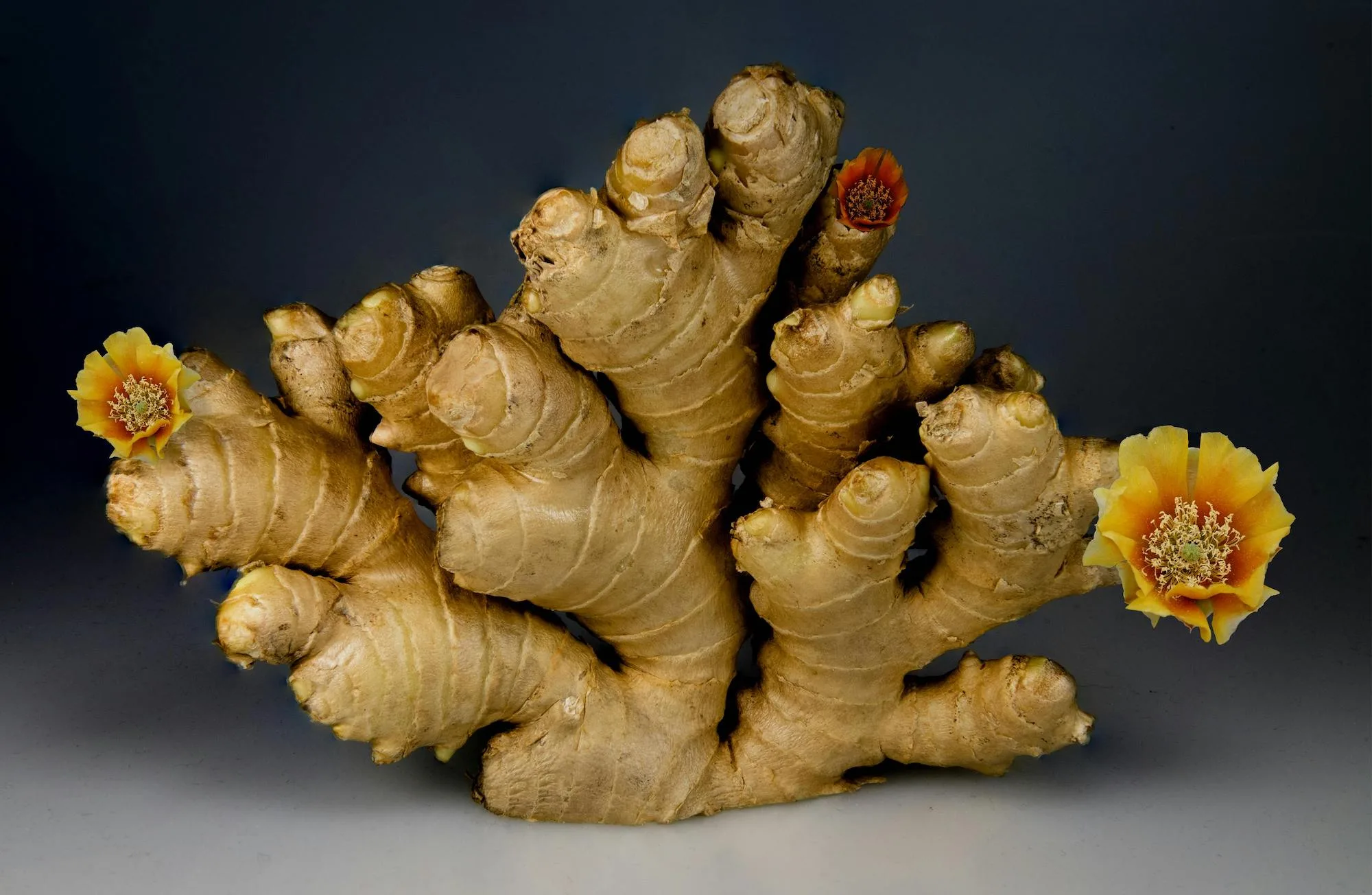
What is Farnesene? Farnesene Effects, Benefits & Strains
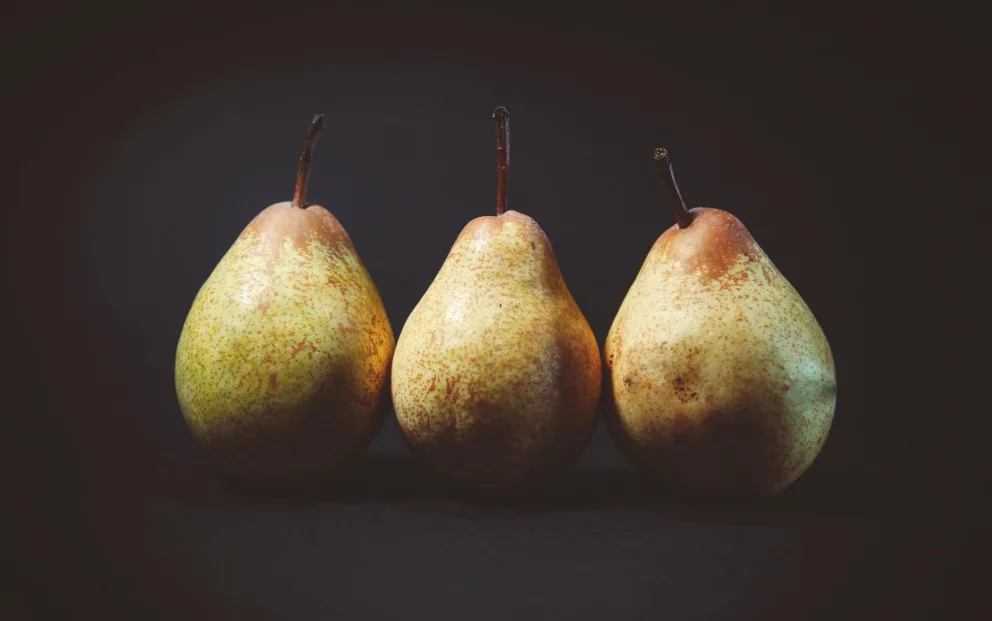
Photo by Clem Onojeghuo
One major impact of the expansion of cannabis legislation is a greater interest in plant medicine. Besides the controversial THC and everyone’s favorite legal cannabinoid CBD there are other plant compounds a.k.a. phytochemicals that show the extensive potential of medical marijuana. Farnesene, while not widely known, is one of these wonder compounds.
What is farnesene? What does it do? What does farnesene do in the body? Farnesene is part of a group of phytochemicals called terpenes. They give plants their distinct smells and flavors and in some cases even their pigmentation. However, the biological reason for their existence is to help plants with various life functions.
More cannabis legalization is leading to deeper and advanced study into terpenes and their potential medical applications.This post will cover the potential of farnesene and how it functions chemically, in cannabis, and in the human body.
Apply for a Medical Marijuana Card Online Today
Join over 100,000 patients who have chosen Green Health Docs as their medical cannabis doctors. We have a 99% approval rate and offer a 100% money back guarantee!
What Is Farnesene?
Farnesene is a terpene that is majorly responsible for giving green apples their distinct scent. It’s found throughout apple trees and apple and pear skins and gives them some of their sweet smell.
Terpenes are oily chemicals that serve many different biological processes in plants but most humans and animals only observe their smells and flavors. Beyond their flavor and fragrance, serve interesting and expansive functions in keeping growing plants alive.
Science is slowly discovering the whole scope of these functions and how they can also extend to humans to help treat conditions and diseases.
Farnesene is part of a group of chemicals specifically called sesquiterpenes. These consist of three isoprene units and often have the molecular formula C15H24. There are also two common isomers of farnesene: α-Farnesene and β-farnesene.
Like with delta-8, delta-9, and delta-10 THC, these isomers are identical in their chemical makeup but the orientation of the molecules gives them subtle differences which causes them to function differently on a chemical level.
What Does Farnesene Do?
In plants, terpenes cover many survival functions. Farnesene acts as a natural pesticide for many plants. When insects feed on plants, it can trigger the production of farnesene which can repel and chase away other pests.
Farnesene can confuse the pheromone responses of some bugs. It can also confuse the olfactory system of some bug species in a way to camouflage themselves to avoid being eaten. High farnesene levels can also make plant material taste or smell undesirable to some pests.
While farnesene can deter some pests, the sweet aroma of farnesene can help attract pollinators and predators of plant herbivores. Chemically, ants are drawn to farnesene which helps the plants, because ants will carry seeds as they travel to help the plant with seed dispersal to help it survive.
Farnesene can also scare away some bugs. Some species of insects release farnesene as a warning response and so plants can hack this instinct. Other bugs are just naturally repelled by the presence of farnesene. Researchers found when aphids are in danger of dying, they release farnesene to warn other aphids of danger. This is part of how plants mimic insects to protect themselves.
Flowers like roses, gardenias and orchids produce farnesene which serves as part of their characteristic floral scents. Farnesene serves a biological function in fruit and flower maturation.
Similar to our immune system, plants produce compounds to combat infections. They create phytoalexins, antimicrobial and antioxidant compounds that defend against pathogens. Phytoalexins inhibit the growth of parasites. Farnesene functions as a phytoalexin in some plants, protecting against fungal and bacterial infestations.
Farnesene can also be released by plant tissues to signal extensive damage by the herbivores that eat them. This can warn other parts of the plant or even neighboring plants to boost their defenses which can cause them to release chemicals to alter their taste or release defense mechanisms like toxins to deter pests or predators. Farnesene is similar to ocimene which is another infochemical that sends out biological warnings.
Given the many biological benefits of farnesene, what plants besides cannabis contain farnesene?
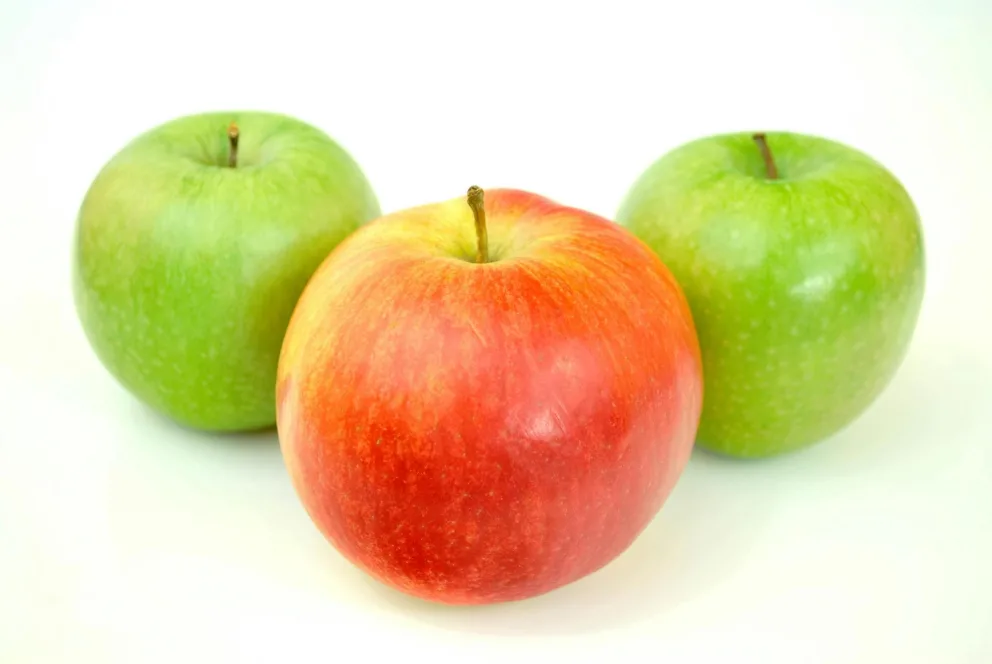
Photo by Pixabay
What are Plants High In Farnesene?
Farnesene is fairly common in the plant kingdom and helps contribute to the scents of:
- Apple Trees
- Pears
- Orchids
- Great Basil
- Hops
- Sandalwood
- Ginger
- Oranges
- Grapefruit
- Hops
- Turmeric
- Cedarwood
- Patchouli
- Chamomile
- Potatoes
- Gardenias
- Ylang-ylang
- Grapefruit
- Myrrh
More specifically, plants that have higher concentrations of α-Farnesene include:
- Ginger
- Ginseng
- Pepper
- Mace
- Nutmeg
Meanwhile, plants that contain more β-farnesene include:
- Chamomile
- Chrysanthemum
- Cedarwood
- Green apple skins
- Grapefruit
- Oranges
- Hops
- Ginger
- Sandalwood
- Turmeric
- Patchouli
Farnesene appears in significant levels in the essential oils that give apple fruit, leaves, and blossoms their fragrance and can be most strongly detected in green apples.
The distinct smell of green apples comes from their higher concentrations of farnesene. In addition to being found in apple and pear skins, farnesene is also found in citrus peels.
The essential oils produced by basil leaves and flowers include 20-25% farnesene content while genovese sweet basil oils contain over 30% farnesene.
Farnesene is also found predominantly in hops’s floral oils and resins and its presence can impact the flavor and aroma profiles in beer brewing and can compliment some of the bitter notes of some beer varieties. Speaking of flavor…
What Does Farnesene Taste Like?
The farnesene flavor is not particularly strong or recognizable. Farnesene tends to round out the flavor of other terpenes, esters and alcohols by providing them with slightly sweet and herbal notes.
The taste can often be described as lightly floral, woody and even faintly fruity by some. With higher concentrations of farnesene it can become perfumey or soapy. For some people, farnesene can trigger a slightly peppery or spicy sensation on the tongue in the back of the mouth.
It’s important to note that α-Farnesene and β-farnesene can have subtle flavor differences with α-Farnesene tasting more herbal and floral, while β-Farnesene tends to be more woody and sweet.
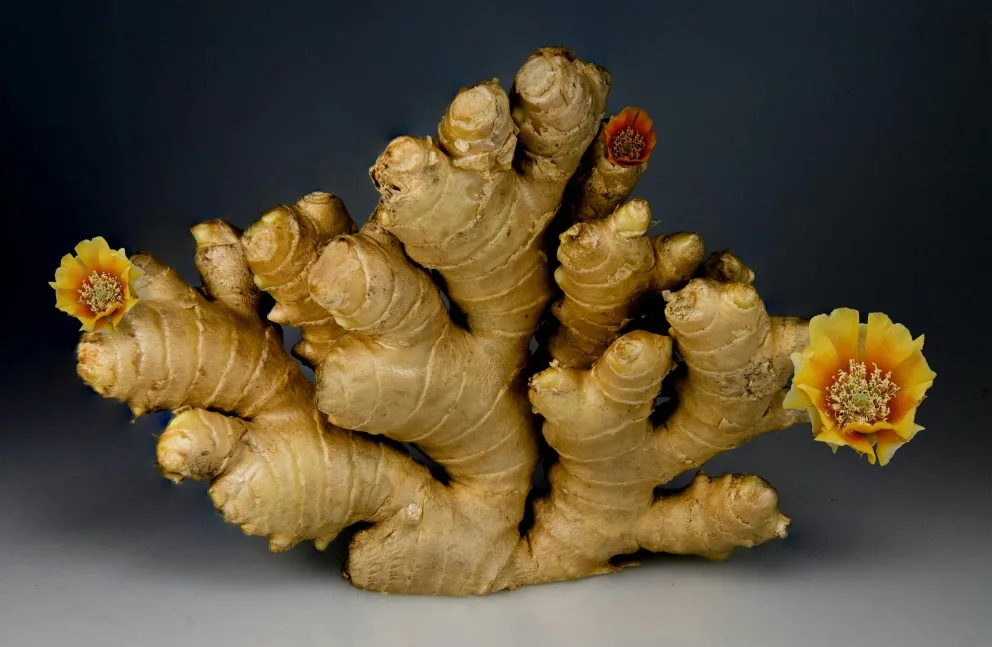
Photo by Joris Neyt
What Does Farnesene Smell Like?
The best way to picture the smell of farnesene is the scent of a fresh green apple you put up to your nose. The high concentrations of farnesene in the skin are what give green apples their scent.
It tends to be sweet, woodsy, and a little fruity. It can sometimes be described as slightly citrusy or floral as it’s also found in flowers, cedarwood, and many common flowers. Part of what might excite you when choosing your cannabis strain might be its farnesene content.
What are Cannabis Strains High In Farnesene?
What gives weed strains or cultivars their unique and robust scents ranging from fruity to skunky is the specific blend of their terpenes. Cannabis strains especially high in farnesene include:
- Green Crack
- Ghost Train Haze
- Headband
- Strawberry Cough
- Girl Scout Cookies
- Cherry Punch
- Gainesville Green
- White Rhino
- Dutch Treat Haze
- Zookies
- Comatose OG
You may choose a certain strain because you are drawn to the scent or flavor but when using medical marijuana you may want to target certain health benefits.
Again, some of what helps plants thrive can be transmitted to the species that consume them, what can farnesene do for your health?
Farnesene Terpene Benefits
Again, terpenes are driving a significant amount of medical interest. Part of what they do to help plants not just stay alive but thrive through environmental challenges can actually benefit the animals that consume them.
Some potential wellness benefits of farnesene include:
- Reducing Inflammation
- Relieving Pain
- Easing Anxiety
- Promoting Relaxation
- Improving Gut Health
- Treating and Preventing Fungal Infestations
- Uplifting Mood
- Preventing Tooth Decay
One interesting potential benefit of farnesene was a 2013 study found it can reduce cariogenic bacteria which can cause tooth decay so it has the potential of preventing tooth issues. Talk about random benefits of terpenes.
Farnesene proves to be a solid anti-inflammatory. Study has found that it reduces inflammatory cytokines which can help support pain relief and reduce inflammation.
α-Farnesene exhibited strong free radical scavenging abilities and is a potent antioxidant. This helps reduce cellular damage and oxidative stress.
Farnesene has shown fungicidal effects against common fungi like Candida albicans according to lab analysis. These antifungal properties may help inhibit the growth of candida and other pathogenic fungi which can help prevent fungal infections.
Research has also found farnesene can help to destroy the bacterial cell membranes of food-borne bacteria which can reduce harmful gut bacteria. Additionally, farnesene can help with cramps, spasms, bowel inflammation, and flatulence to overall improve gut health.
Farnesene has demonstrated sedative properties that can help encourage deep and restful sleep and as a potential treatment for insomnia.
Inhaling farnesene has been linked to inducing mental calm, as seen in EEG readings showing a natural “resting state.” Farnesene can also increase feelings of mental calm since it also functions as a muscle relaxant.
Finally, farnesene has immunomodulatory qualities which can help your immune system function more effectively and it can potentially be used to treat allergies.
Again, much of this study and research into farnesene is spreading but enough data is showing that farnesene has countless potential benefits for people and time will tell for how much cannabis cultivators will focus on this interesting terpenes.
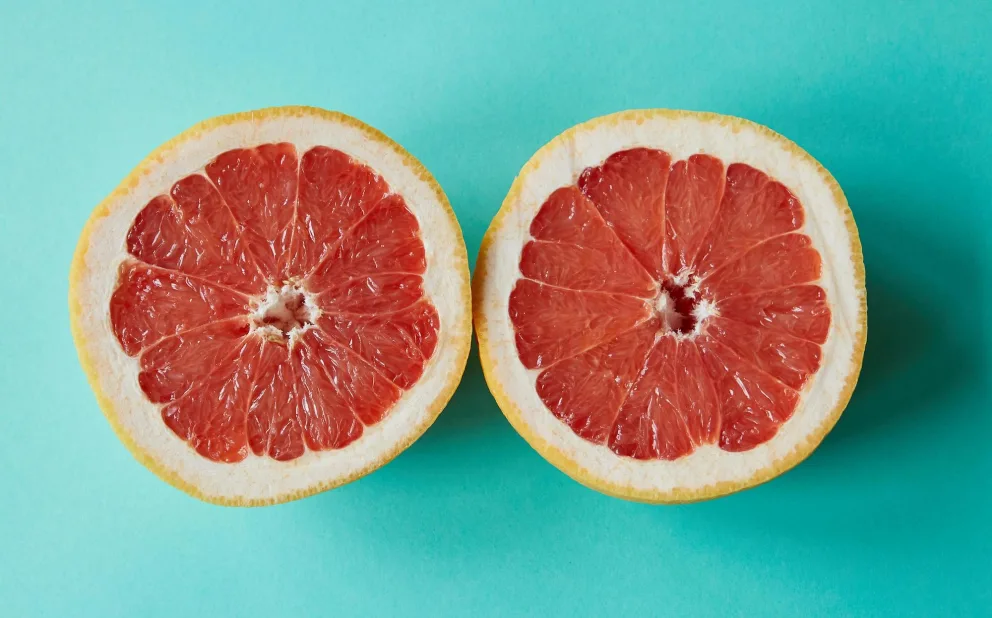
Photo by Laker
What Are Common Farnesene Uses?
Terpenes are commonly used commercially for their flavors and scents. This means they are often incorporated into products as natural or artificial flavorings.
Farnesene can be used to provide a green, herbal note in perfumes or colognes. β-farnesene is especially coveted and widely used in perfume making. Farnesene can also be incorporated into aromatherapy products as smelling it can induce calm.
Farnesene is also used in deodorant and can help with antiperspirants and is also a common ingredient in cosmetics.
In the food industry, farnesene is used as a flavoring agent to give floral, fruity undertones to anything from alcoholic beverages to candies and often is used to round out the flavor profile of desserts and other sweets.
One of the more random uses of farnesene is as a renewable biofuel. Research has found farnesene can be produced from yeast fermentation of plant sugars and converted into more sustainable diesel and jet fuel.
Final Thoughts
Farnesene is one of the lesser known terpenes in cannabis but is proving to be highly beneficial in medicine and industry. Only time will tell as further study finds ways to incorporate more farnesene into medicine and even greener energy?!?
If you’d like to explore the benefits of farnesene in medical marijuana consider getting your medical marijuana card. Green Health Docs makes this process simple and can help patients throughout the United States and territories find doctors and get their medical marijuana recommendation without much hassle.
 This article has been reviewed by Dr. Anand Dugar, an anesthesiologist, pain medicine physician and the founder of Green Health Docs. Graduating from medical school in 2004 and residency in 2008, Dr. Dugar has been a licensed physician for almost 20 years and has been leading the push for medical cannabis nationwide.
This article has been reviewed by Dr. Anand Dugar, an anesthesiologist, pain medicine physician and the founder of Green Health Docs. Graduating from medical school in 2004 and residency in 2008, Dr. Dugar has been a licensed physician for almost 20 years and has been leading the push for medical cannabis nationwide.
